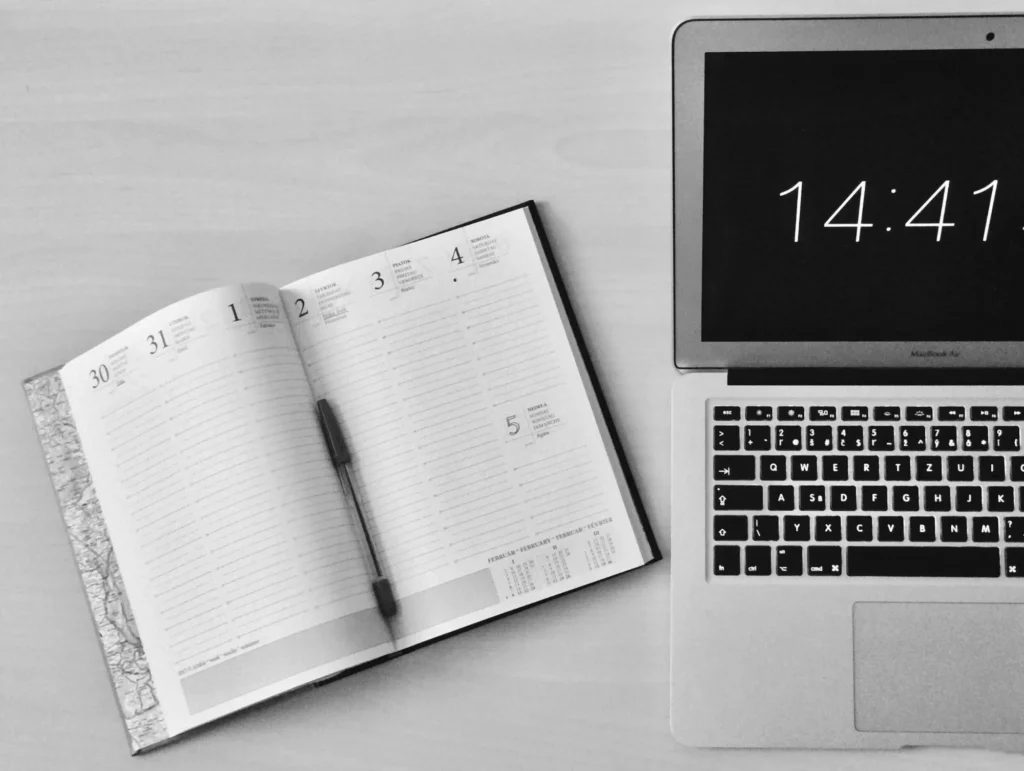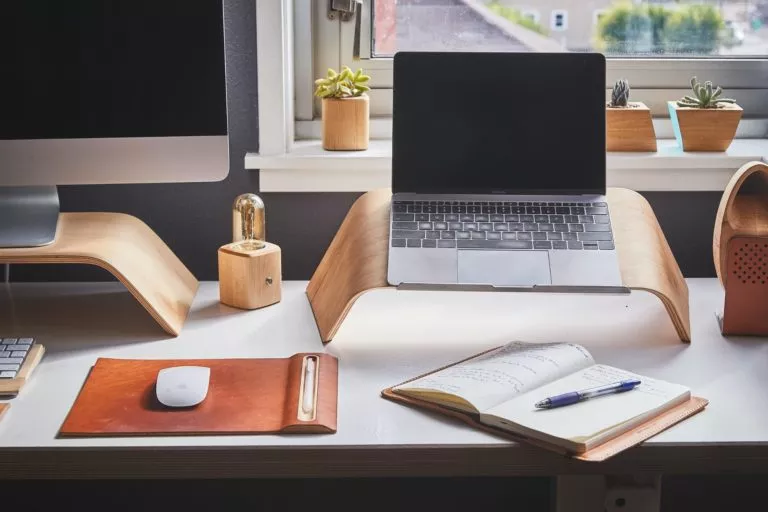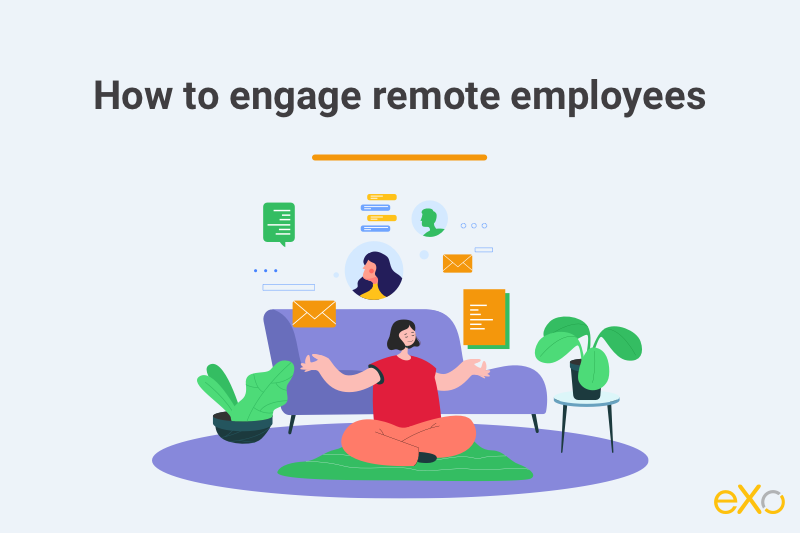Obviously, a lot has been said and done about work-life balance lately. Some businesses took matters into their own hands by reviewing their working arrangements and leave policies, among others.
But what can we do to cope on an individual level and what lessons can we learn from the pandemic?
It goes without saying that in order to get the best out of any given situation, it’s important to set a list of clear objectives and priorities right from the start. In this case, the main objective for us (remote workers) is to understand what’s expected from us during this period in terms of both our work and our personal responsibilities. It’s also crucial to mitigate the risks associated with remote working burnout and the severe consequences of an unbalanced working life.
A lot has changed in the last year or so. The overall situation is now more challenging, demanding and perhaps even overwhelming. A good place to start is to evaluate what matters for us and establish priorities accordingly. It’s worth noting, though, that these priorities depend entirely on our personal lives and our career paths and aspirations. To put it simply, prioritizing activities and setting objectives is by no means a one-size-fits-all process. For example, having personally worked remotely for significant periods of 2020 and even this year, my list of priorities – as a single person – differs considerably from the priorities of married couples with kids, for example. Each of us has a unique set of goals and responsibilities that will inevitably evolve over time, which means that we constantly need to review them going forward.
Before the pandemic, we often associated routine with an unremarkable and uninspired life that everyone wants to break free from. You wake at the same hour, do the morning commute, work, do the evening commute, and try to preserve some time for yourself and for socializing.
As surprising as it may seem, in order for us to establish a routine away from the office, we have to partially mimic a typical (or an ideal office) working day. That starts from the waking hours. As the morning commute is eliminated, we have a tendency to sleep more (which is a positive, depending on how you see things), but waking up late often leaves us with limited time to exercise and prepare for the day. We have all, at least at times, had a stand-up meeting in our pyjamas, which is not ideal because it adds an element of unpredictability and doesn’t put us in the right frame of mind to work and be productive.
The key here is to establish a morning routine designed primarily to help us get in the right mindset to start the day. Always try to wake up at the same hour every day and follow the same routine as you get ready. You don’t necessarily have to follow your usual routine (prior to the pandemic); rather, you can create a new one (and most importantly, stick to it).
The same goes for the evening routine. Once you finish work (preferably following your predefined schedule), try to make some time for yourself and your loved ones. With lockdown and curfews still in effect in most parts of the world, there isn’t much to do other than engage in some exercise, a movie, a good book or my blogs but … still better than nothing.
During the day, work on defining clear start and finish working times and try your best to stick to them. Additionally, you can use a multitude of tools that range from the obvious, such as Excel, or the more specific and innovative (such as habit-tracking apps), to plan and keep tabs on your activities and daily habits.
Now that you’ve established a daily routine along with a set of habits, it’s time for business. Unavoidably, a typical working day is full of unexpected events that shake up our routine. The key is to learn how to manage our time and not fall into the trap of working long and unnecessary hours.
As mentioned earlier, determining the start and finish time is a good place to start. But what about in between?
Well, that depends entirely on your job requirements, what you’re used to and, especially, the tools you (and your company) use to get things done. Undoubtedly, there are numerous time management techniques and best practices to choose from. For example, you’re probably familiar with the Pomodoro technique. Developed by Francesco Cirillo in the ‘80s, this method focuses mainly on cutting time into small intervals (ideally of 25 minutes) with short breaks of three to five minutes or longer in between. Using this technique can help you significantly increase your concentration and motivation levels.
As mentioned earlier, working from home for long hours can negatively affect both our mental and physical health. Compared to working from the office, remote working encourages us in a way to be lazy and inactive since we don’t have a morning and evening commute and we rarely go outside for lunch breaks or other activities. Add to that a busy schedule and we can find ourselves walking less than 500 steps a day (trust me, I’ve been there!).
That’s why it is important to dedicate specific times in your day for simple physical exercise and meditation as these can give you the much required boost of feel-good hormones, help you concentrate and avoid any unwanted long-term effects of an inactive lifestyle.
During a typical remote working day, work on establishing clear boundaries between your personal and working life. The most useful advice I have been given was to choose any other area but my bedroom to work. This can be a spare room or a small office corner.
That way, at least subconsciously, you can associate that area with work and other areas of your home for yourself. And this works. First, having a defined working area has the potential to help you remain more focused and stay away from distractions. Additionally, once you finish work and leave work, you can easily switch off from work and concentrate on other things.
We’ve all been there: you’ve just finished work (at your already predefined time) and you receive an email or a Skype message from your team. The ideal worker in each one of us will be tempted to respond – and depending on the situation – that might be your only option. However, work is a never-ending affair and responding to work emails or just staying alert to any upcoming emergencies, can take its toll on you mentally. That’s why it sometimes makes more sense to let go and switch off from work.









